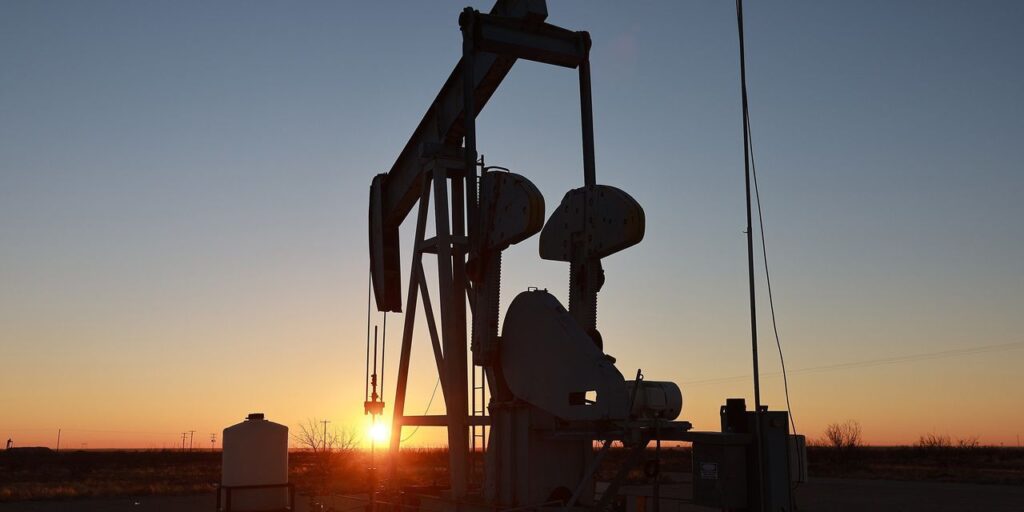Oil futures rose Friday, but remained on track for a second straight weekly fall after fears of a widening of the Israel-Hamas war faded and investors renewed their focus on the outlook for demand.
Price action
-
West Texas Intermediate crude for December delivery
CL00,
+0.92% CL.1,
+0.92% CLZ23,
+0.92%
rose 41 cents, or 0.5%, to $82.87 a barrel on the New York Mercantile Exchange. -
January Brent crude
BRN00,
+0.70% BRNF24,
+0.70% ,
the global benchmark, was up 28 cents, or 0.3%, at $87.13 a barrel on ICE Futures Europe.
Market drivers
Analysts continue to monitor the Israel-Hamas war for signs of a potential spillover that could involve Iran. Crude had rallied following the start of the war on fears that a wider conflict could see the U.S. more heavily enforce sanctions on Iranian crude exports, while a worst-case scenario could see Iran or its proxies threaten key transportation chokepoints and infrastructure in the region.
So far, there’s no sign of disruptions to production in the Middle East, but the oil market “remains undersupplied, and in our opinion it is still too early to completely price out any geopolitical risks,” Barbara Lambrecht, commodity analyst at Commerzbank, said in a Friday note.
“We therefore see the oil price as well supported,” she said.
An updated forecast due next week from the U.S. Energy Information Administration probably won’t change the picture, even though U.S. production could be upwardly corrected again in the short term, the analyst said.
U.S. gasoline demand, meanwhile, has proven surprisingly negative, falling short in recent weeks of its 2020 and 2022 levels, Lambrecht noted.
“The EIA blames this on high gasoline prices, continued elevated inflation and improved fuel efficiency. Against this backdrop, the EIA could also adjust its forecast for US oil demand somewhat downwards,” she said.
Read the full article here

